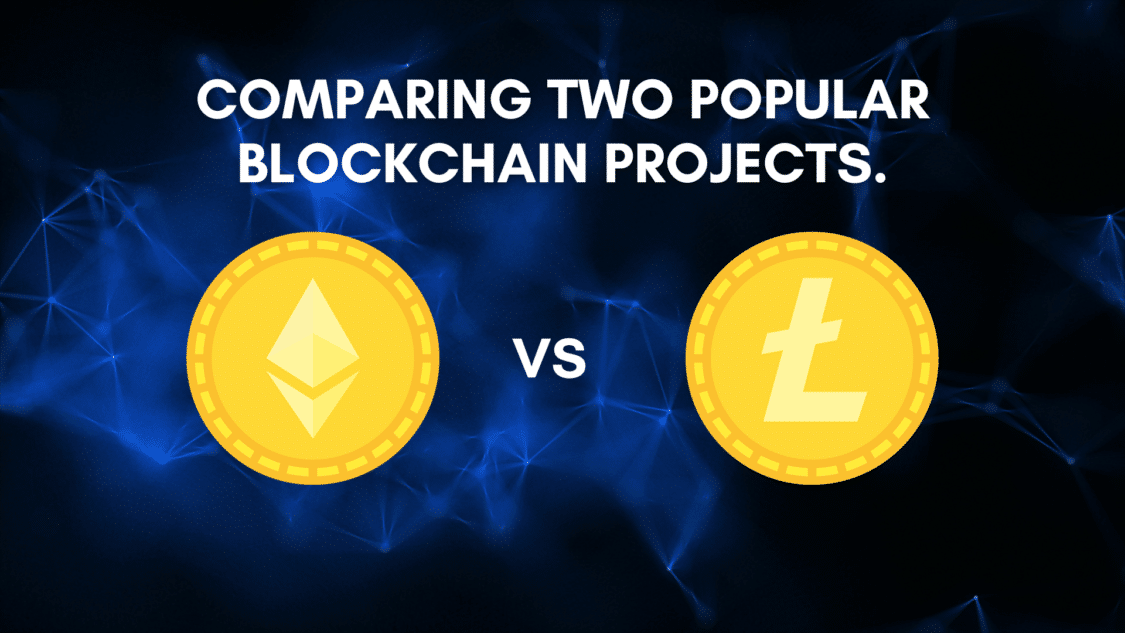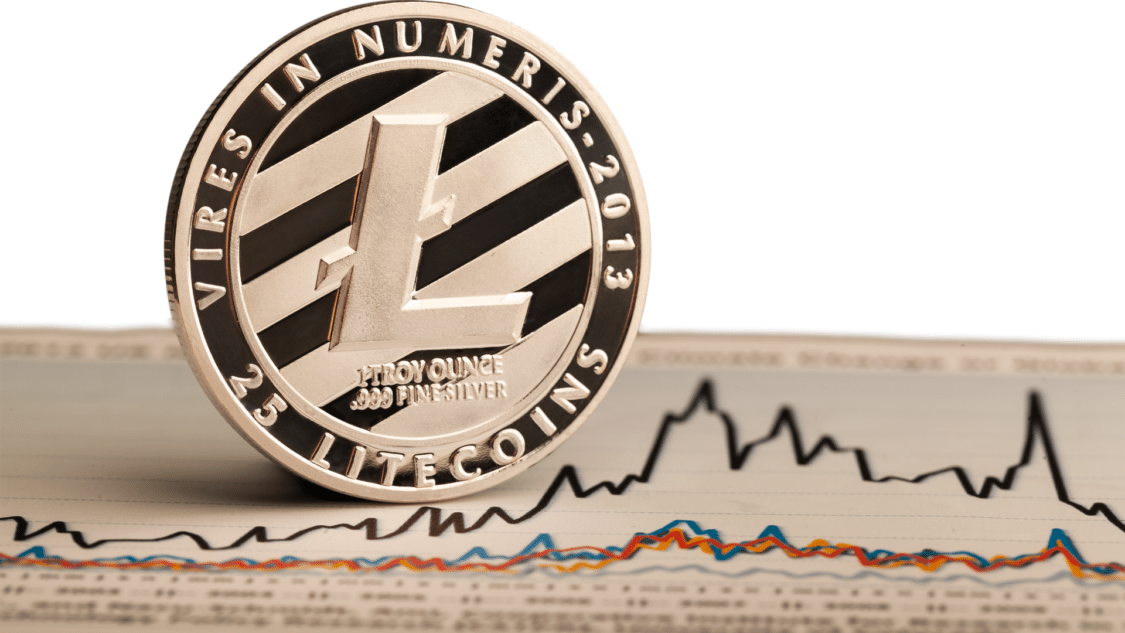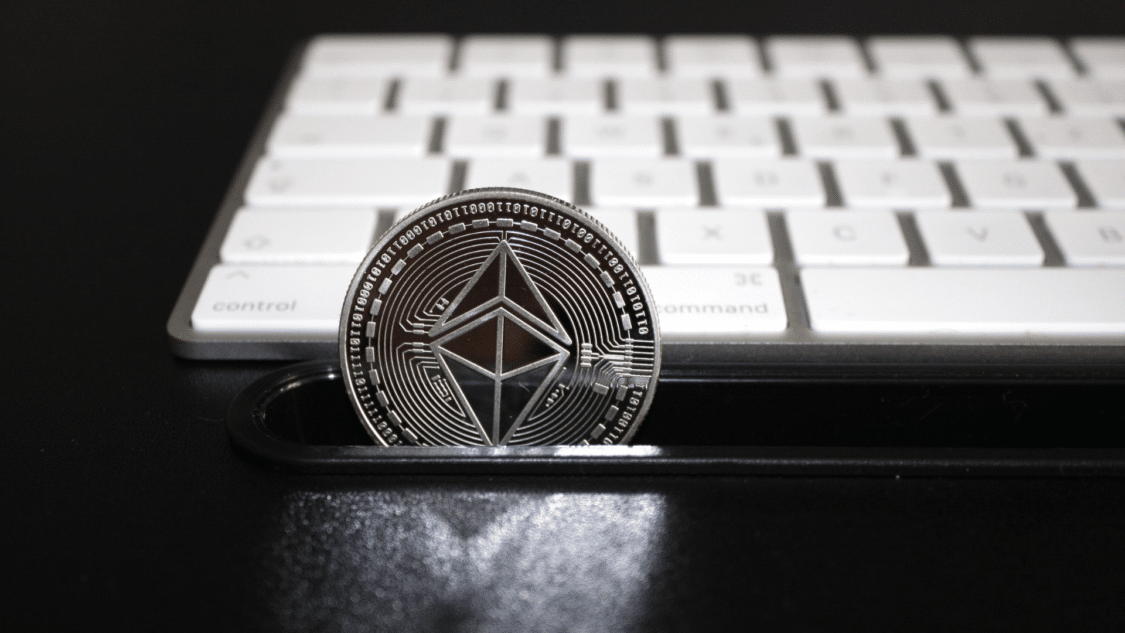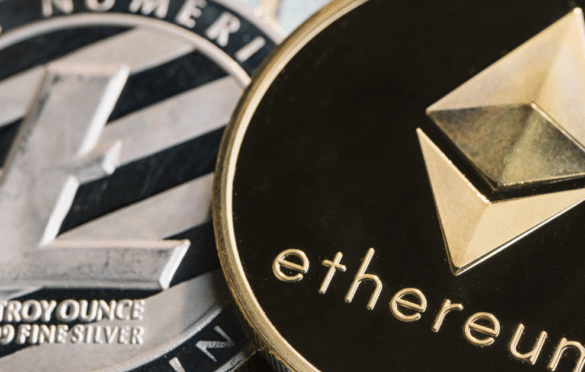In today’s article, we will be discussing Litecoin versus Ethereum. The two are very different blockchain projects. Litecoin is similar to Bitcoin but is a faster and cheaper option. On the Litecoin network, blocks are done every 2.5 minutes. Ethereum, however, is a decentralized computer system allowing developers to create their own apps using smart contracts. On the Ethereum network, blocks take 10 to 20 seconds to be formed.

Litecoin versus Ethereum – Prices:
The prices of the two vary based on two things. For one, the money invested in each differs, making their price different. The second reason is that each currency has different units, affecting its overall price. We calculate prices by dividing the market cap by the number of units on the market. As a result, the price per unit will differ.
The prices of Litecoin versus Ethereum are affected by several factors, leading to variations in their overall values. The two main factors that highly contribute to the price differences are the amount of money invested in each cryptocurrency and the different units they are divided into. Firstly, the amount invested in Litecoin and Ethereum can vary greatly, affecting their overall price levels.
If more investors issue a more significant amount of capital to one cryptocurrency than the other, it can hype the price up. This disparity in investment can stem from factors such as market sentiment, perceived value, and individual preferences. Secondly, each crypto asset has its unique unit structure, which can affect its price. Litecoin, for example, is divided into smaller units known as “Lites” or “Litoshi.” Ethereum, on the other hand, is divided into “Ether” with further subdivisions known as “Wei” or “Gwei.”
When calculating the price of a cryptocurrency, market participants typically divide the total market capitalization by the number of units available. This division yields a price per unit, and because Litecoin and Ethereum have different unit structures, the cost per unit varies.
It’s important to note that the price per unit does not indicate the asset’s value. Investors should also consider various other factors, such as market capitalization, trading volume, and development progress. Furthermore, market dynamics, speculation, and external variables such as regulatory developments and market trends can all impact the pricing of these cryptocurrencies.
By understanding these factors that contribute to the price fluctuations between Litecoin versus Ethereum, investors can better assess their investment decisions and consider the broader market dynamics that impact the value of these specific assets.
Litecoin versus Ethereum – Payments:
While Ethereum has a faster block generation time, this doesn’t mean it is a quicker payment method than Litecoin. The Ethereum network can often be trafficked quickly due to its complicated system and the number of transactions that occur that day.

The Litecoin blockchain is solely for storing payment data; therefore, users are less likely to encounter transaction delays. Of course, depending on how many transactions each blockchain went through that specific day.
When comparing Litecoin versus Ethereum in terms of payments, additional factors should be considered beyond block generation time and transaction speed. While Ethereum enables faster block generation time than Litecoin, it doesn’t necessarily guarantee quicker payment processing. The Ethereum network is prone to experience congestion and higher traffic due to its intricate system and the sheer volume of transactions occurring on the network. Users can encounter delays in payment confirmations and longer processing times during high network activity.
On the other hand, the Litecoin blockchain was introduced to specialize in storing payment data. Since it focuses primarily on facilitating transactions, users are less likely to encounter delays or congestion. However, it’s important to note that even Litecoin’s transaction speed can be affected by the number of transactions processed on a specific day.
During periods of increased network activity, it’s possible to experience slower transaction times, although usually to a lower extent compared to Ethereum. Additionally, it’s worth considering each blockchain’s scalability and future advancements. Ethereum has been effectively working on executing solutions like Ethereum 2.0 to address versatility issues and improve the transaction process. These improvements point to improving the proficiency and speed of payments on the Ethereum network.
Users and merchants must consider their specific payment requirements and assess transaction fees, network congestion, and scalability when choosing between Litecoin versus Ethereum. By being familiar with the strengths and limitations of each blockchain’s payment capabilities, traders can make informed decisions based on their speed, reliability, and overall transaction experience needs.
The Protocols:
The two assets rely on blockchain technology, just like most crypto assets. However, it is implemented in two different ways. Litecoin is under the proof of work network, where users can mine rewards by helping verify transactions. In comparison, Ethereum started as a proof of work but has since transitioned to proof of stake.
Both Litecoin versus Ethereum are built on blockchain technology. Blockchain technology is a decentralized and transparent system that allows transactions to be completed securely and efficiently. Although they run under the same background technology, these two cryptocurrencies implement them differently, leading to separate consensus mechanisms.
Litecoin operates on a proof-of-work (PoW) network, similar to Bitcoin. Whereas Ethereum initially adopted a proof-of-work consensus mechanism but has been in the process of transitioning to a proof-of-stake (PoS) model. Within a proof of stake blockchain network, validators are chosen by evaluating their holdings of coins and the degree to which they have “staked” these assets as collateral. Validators are then selected to create new blocks and validate transactions based on their stake in the network. This transition aims to improve scalability, energy efficiency, and security while reducing reliance on computational power.
The move to proof of stake in Ethereum presents the concept of staking, where users can lock up their Ethereum coins as collateral to participate in block validation and earn rewards. This shift encourages users to hold and stake their coins, promoting network stability and security. By understanding the different consensus mechanisms employed by Litecoin (proof of work) and Ethereum (transitioning to proof of stake), investors and users can appreciate the minute details of each protocol and make informed decisions based on factors such as security, energy efficiency, and the future development roadmap.
Which cryptocurrency asset is more suitable for specific types of traders or audiences?
- Long-term Investors: Both Litecoin versus Ethereum can work for long-term investors seeking exposure to the cryptocurrency market. Ethereum, with its range of applications and potential for smart contract development, may be appealing to investors who support the long-term viability of decentralized applications and blockchain technology. Litecoin, on the other hand, is relevant for investors seeking a straightforward digital currency with faster transaction speeds and lower fees.
- Speculative Traders: Investors interested in making quick profits through volatility may find Litecoin and Ethereum attractive choices. Ethereum’s thriving community of developers and their constant search for innovative solutions provide a potential avenue for exploring opportunities through novel projects and DeFi tokens. Litecoin, which tends to be less volatile than Ethereum, can offer short-term trading opportunities through price fluctuations and market sentiment.
- Risk-Averse Traders: Traders who are firm with stability and lower risk may prefer Litecoin over Ethereum. Litecoin has a longer track record and is considered less risky due to its focus on being a reliable digital currency. Ethereum, with its higher volatility and exposure to emerging technologies, may carry more risk, making it a better option for traders comfortable with higher levels of risk.
- Technical Analysis Traders: Litecoin versus Ethereum are two assets that are frequently traded and can offer technical analysis traders with chances for investment. Traders who utilize chart patterns, indicators, and past price data to inform their trading choices can identify appropriate cryptocurrency opportunities. However, it’s important to note that each asset may have unique market characteristics and price behaviour, which should be considered when conducting technical analysis.
Conclusion:
By now, you should have a clearer understanding of Litecoin versus Ethereum. The price differences and the speed of transactions and payments. They are not in a competition together; instead, it’s more the technical indifferences. You may now easily choose which one to use for payments.
In conclusion, several key factors come into play when comparing Litecoin versus Ethereum in terms of payments. While Ethereum is known for its faster block generation time, it doesn’t necessarily mean quicker payment processing. On the other hand, Litecoin’s blockchain mainly stores payment data, resulting in a smoother and more efficient payment experience with fewer transaction delays.

However, Litecoin versus Ethereum can experience transaction delays and slower processing times during high network activity. The scalability efforts and future developments of each blockchain, such as Ethereum’s ongoing transition to Ethereum 2.0, aim to address these limitations and improve payment efficiency.
Ultimately, the decision between Litecoin versus Ethereum for payments depends on preference, business requirements, and use cases. By evaluating the strengths and limitations of each blockchain, users can make informed decisions to ensure seamless and efficient payment processing based on their unique needs.
For more news updates, visit our homepage now and see our latest news article. Want to learn more about trading? Visit our education page now and learn for FREE!

